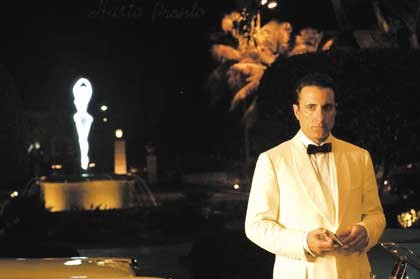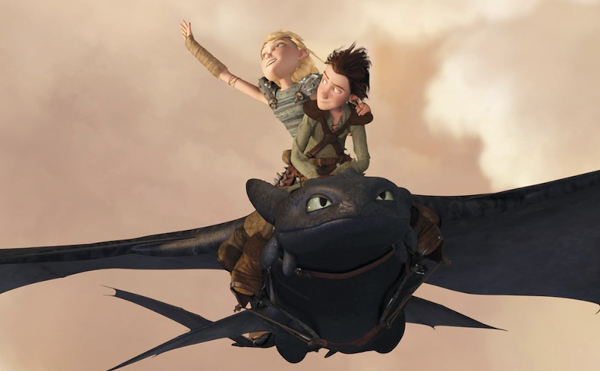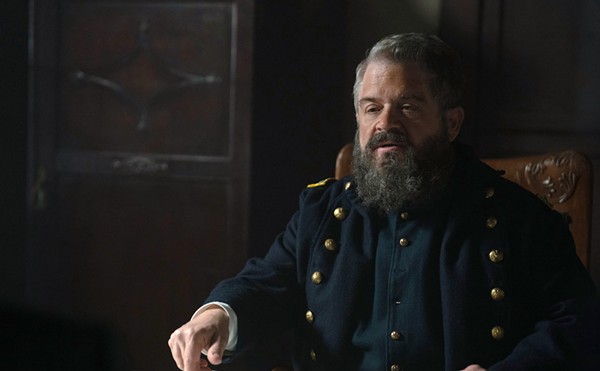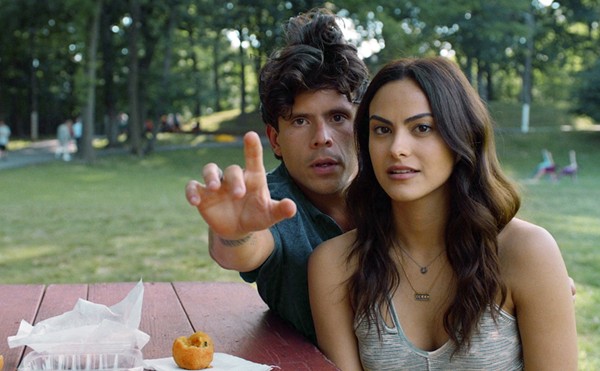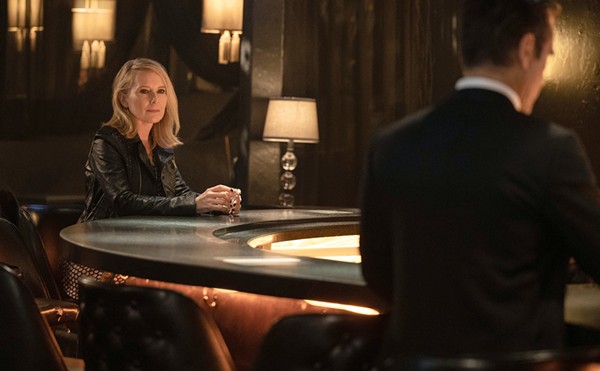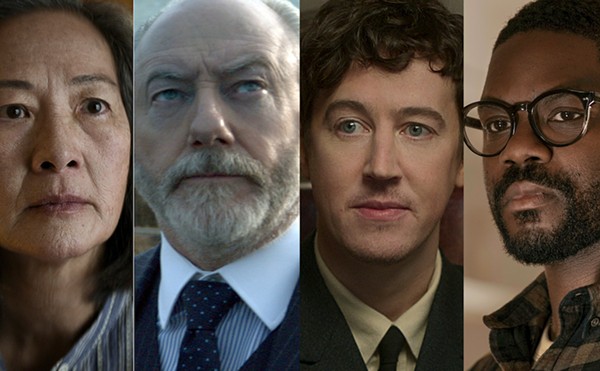Andy Garcia’s Cuba wasn’t built in a day - but 16 years later, he has his
It took first-time director Andy Garcia 16 years to bring The Lost City — a Casablanca-style film set at the turn of the Cuban Revolution — to the big screen, but Garcia, who also stars, laughs about the experience now. That laugh, however, has more than the hint of a sigh in it. Relief, too.
| We’ll always have Havana, Andy. Garcia’s ‘Lost City’ pays homage to pre-revolution Cuba. |
“The dream is the same. The story never changes,” he explains. “The execution of the story changes, because you have perimeters that you have to function under: budgetary, weather, location You adapt yourself to tell the story, but the story never changes.”
Even after funding came together, timing threatened to undermine the production. The crew had only six weeks to prep, there was no cast yet, and Mother Nature was out to get Garcia, too.
“I said, ‘OK. But if we’re going to do it, we have to shoot like no later than June first because, if we wait any longer, the hurricane season really kicks in and it’ll be raining every day,” he says. “We’ve got to be in there before then. So we made a commitment to hit those dates.
“Bill Murray jumped in then,” he continues. “Dustin Hoffman — who always told me if he was available he would do the movie, figuring that he would never be available. So I said, ‘Are you available?’ He said, ‘Yes. I’m available, but you have to come my daughter’s wedding.’”
Murray and Hoffman are names, sure, but their parts are relatively inconsequential in this emotional tale of the Fellove family, which is headed by a wise, professorial patriarch and the eldest of his three sons, Fico. Garcia had planned to play Fico as the middle son, but the years caught up with him; his Fico is now the suave, always-cool oldest brother. Think of him as a Cuban Rick, the politically indifferent owner of the Havana nightclub El Tropico, which features Vegas-style revues and guests that dress like Frank Sinatra and look like supermodels.
Fico’s brothers are more passionate — or, let’s say, political. Middle son Luis (Nestor Carbonell) joins a revolutionary party and, after a failed coup attempt against Batista, is assassinated. Ricardo (Without a Trace’s Enrique Murciano) saddles up with Che Guevera to fight alongside Fidel Castro. Murray plays the Writer, an enigmatic counsel (aka comic relief) to Fico, but the film’s other central character is really Luis’s widow Aurora (Inés Sastre), who, even as she falls in love with Fico, is reborn as a “Widow of the Revolution” — a role Fico cannot bear.
Even with casting done, things didn’t get easier for Garcia. Problems arose in unique and unexpected ways.
“`Most cars` weren’t operable,” Garcia says of the vehicles found in the Dominican Republic, where he filmed. “We had one jeep in the movie that worked really well, and so that’s the jeep that you see in the entire movie. And we had Batista’s car that worked, which was a beautiful white Caddy, and two black cars to follow it. My car we found, the red car, and just about every other car in the movie was pushed into place.”
Sadly, the director couldn’t complete the film in time for its screenwriter, Cuban literary legend G. Cabrera Infante, to see it before he died in February 2005. It’s a loss, especially because Infante dedicated his life to elucidating for the world both the tragedy that was Castro’s Cuba and the beauty of a Cuba that once was.
“When I got the blessing from Paramount, Frank Mancuso Sr. said ‘Find a writer,’” Garcia explains. “I said, ‘I have one. His name is Gabriel Cabrera Infante. He’s only written one other screenplay, but he’s one of the great novelists in Latin-American literature.’
“So I went to meet him, and he lives in a flat `with` like a 40-foot-high ceiling because it was one of those old London flats, and from the entire length of the wall this way” — he waves across the room — ”was books. They were in bookshelves, but also piled up around him. You couldn’t fit another book.
“After I got a little comfortable with him I said, ‘Have you read all of these books?’ And he said, ‘Only once.’ There was like 3,000 books there, too.”
Garcia continues: “I guess that he was curious that a young guy was so interested in Cuban history and knew about Cuban music and stuff. I guess that touched him, and he said, ‘OK.’ That was it and I went away and he delivered in May ’90 a 350-page screenplay.”
(By the way, 350 pages is only about, oh, 230 pages longer than a typical screenplay.)
So, does Garcia hope this film might finally clear up some of the misconceptions about the Cuban Revolution?
“That would be nice,” he says. “Most people think that the Cuban Revolution was a Marxist revolution. It turned into that, but that’s not what was articulated. That’s not what people were fighting for.
“That’s why we made it,” he concludes. “I wish that we didn’t have to tell this story, because then it wouldn’t have happened, and I wouldn’t be here. I’d be growing potatoes in Havana. I’d be very happy. I’d be a gentleman farmer and piano player.”

